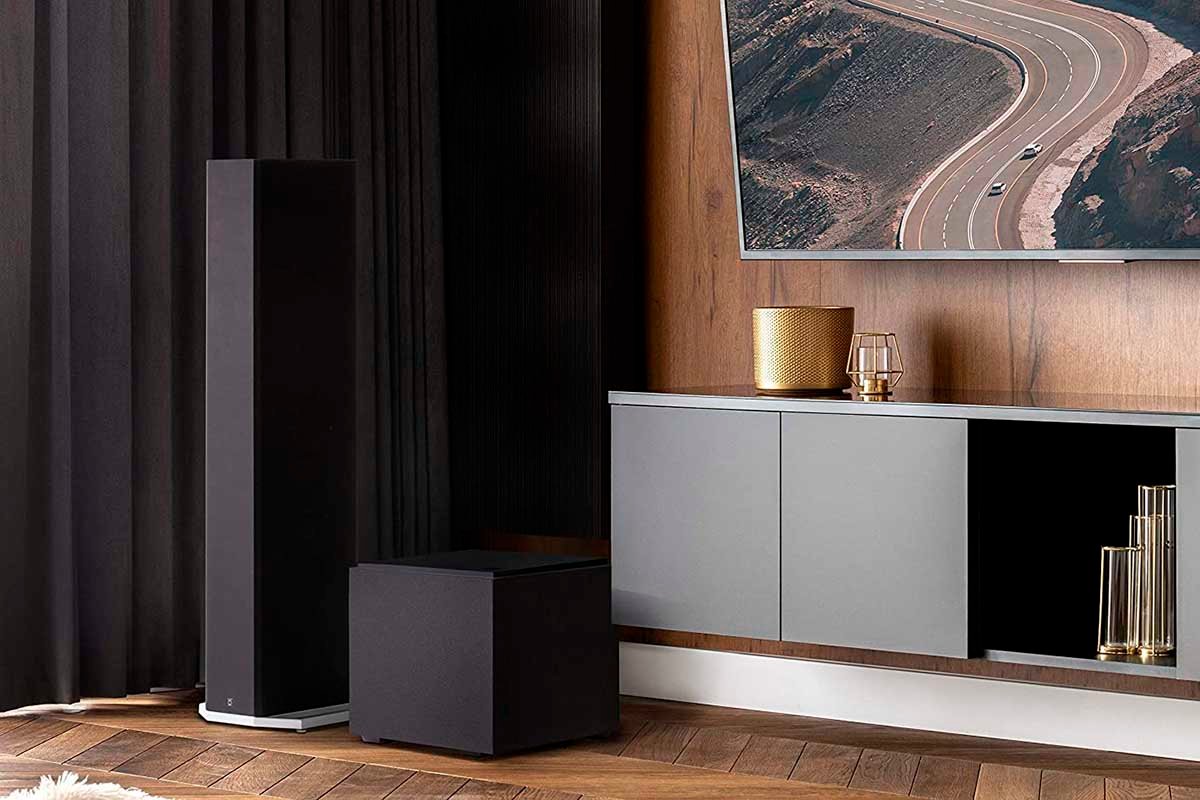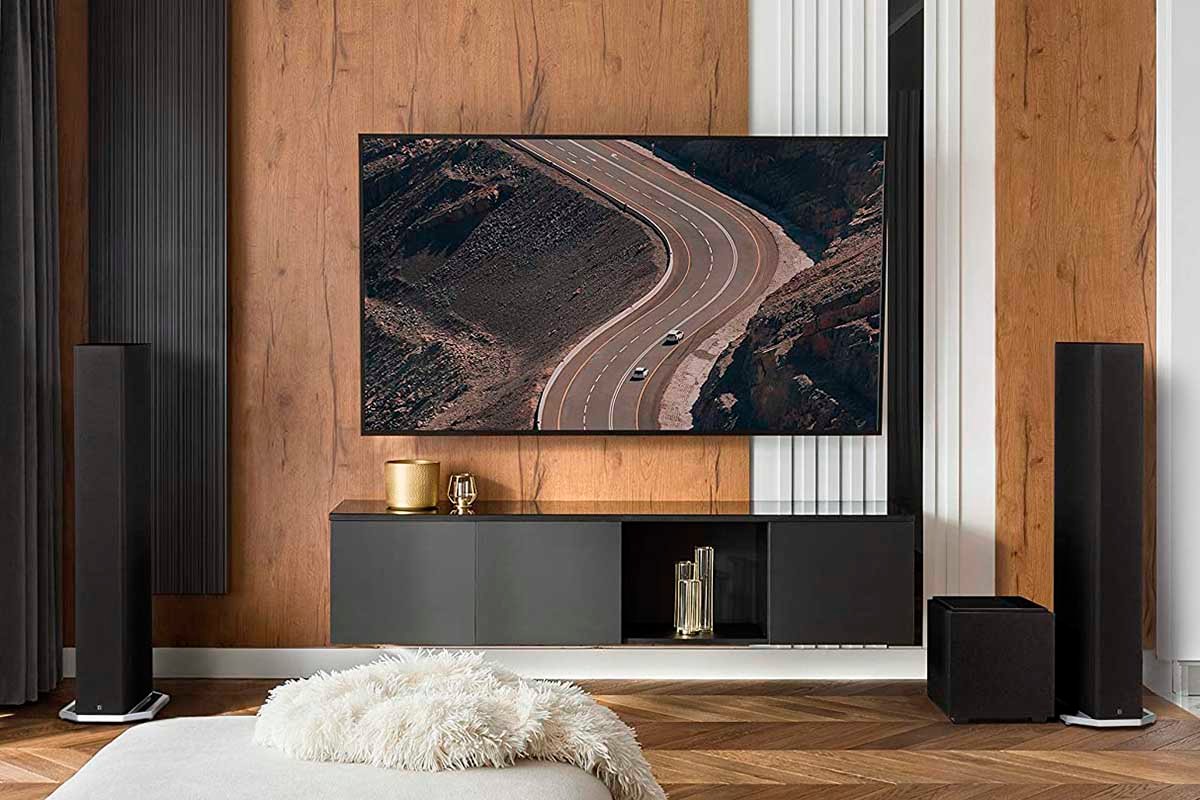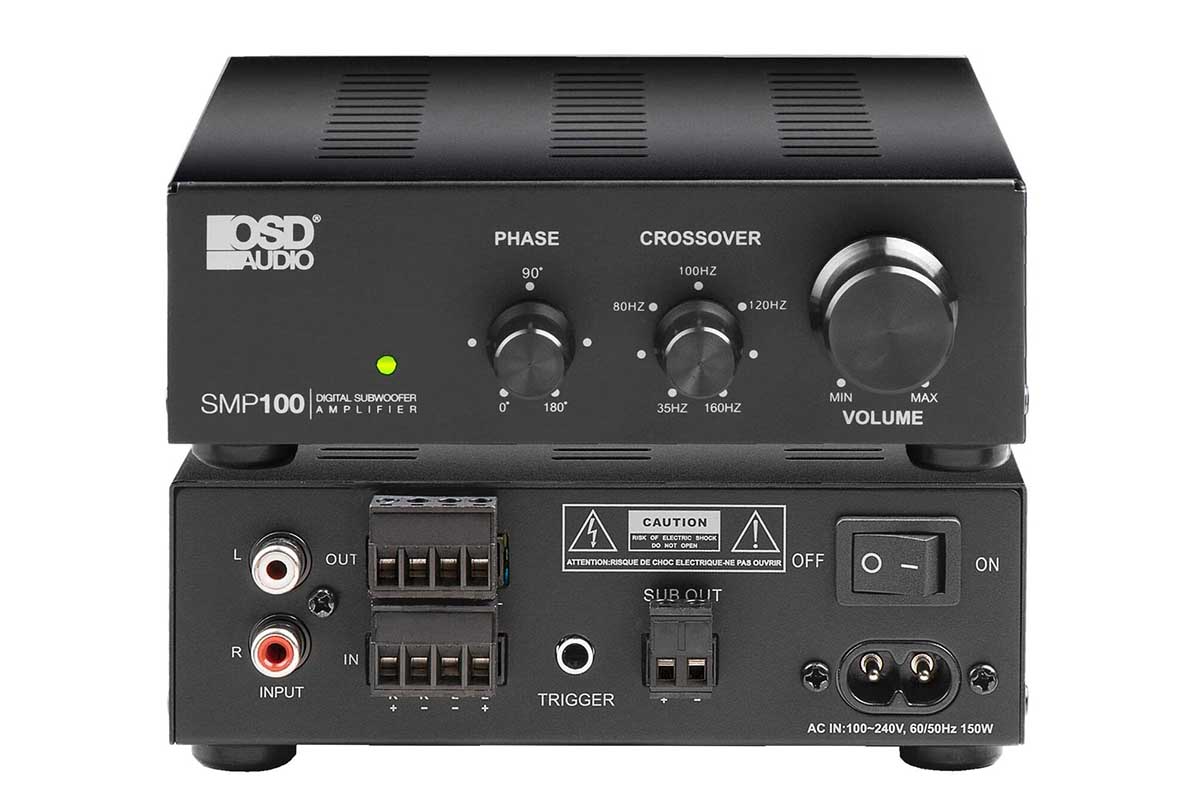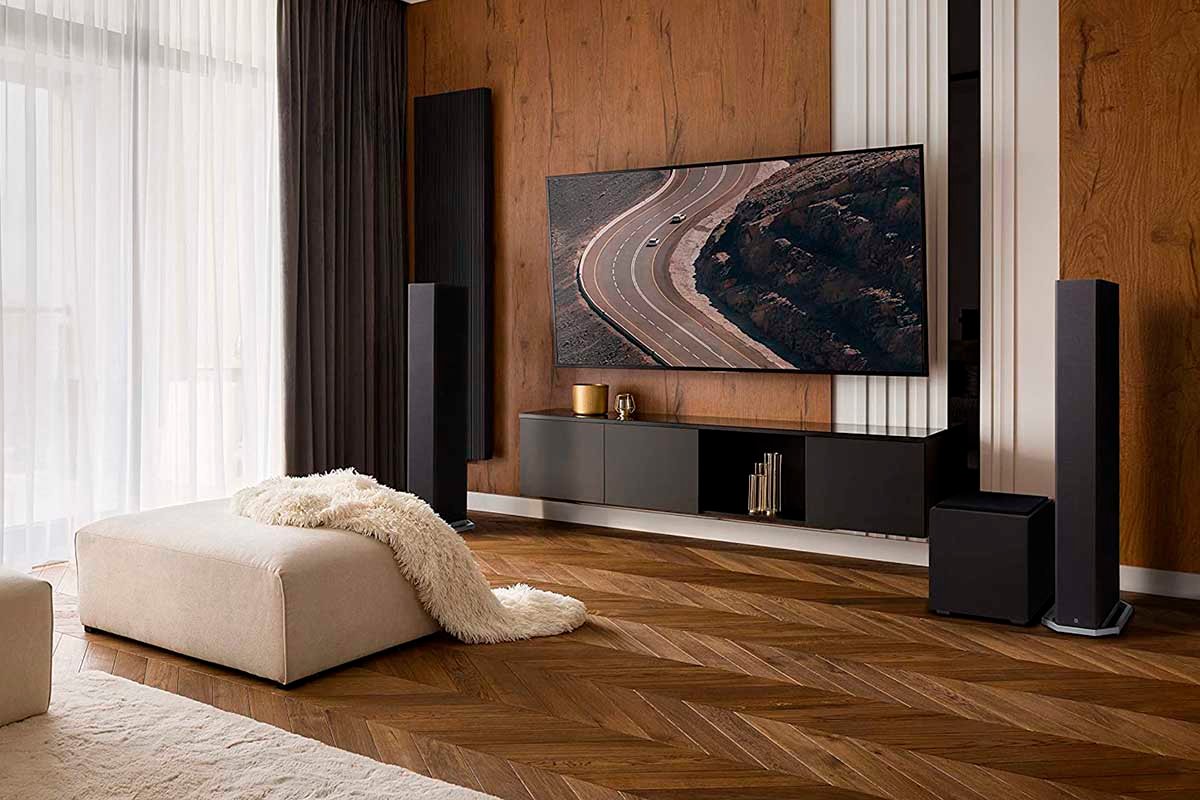If you’re learning how to wire speakers, the difference between passive and powered speakers and their individual needs can be a little confusing, such as what needs to be wired where, and so on.
A common question that comes up is this: do powered subwoofers need an amplifier?
Powered subwoofers do not require an external amplifier, because they have built-in amps and are typically wired separately for power. Active subwoofers can be wired to an amp with other speakers, though this is rare and only done when you have passive subs within the system.
In this article, I’ll be covering the difference between passive and active subwoofers, whether the latter needs an amp, and other relevant topics about subwoofers.
Page Contents
Why You Don’t Need an Amp For Powered Subwoofers
Powered subwoofers don’t need an external amplifier to function, but rather, they need to be wired to a power source and the audio source.
Powered subs are very popular because there’s no tweaking with an amplifier or worrying about amplifier matching, as with passive subs.
They connect directly to an audio/video receiver or subwoofer preamp output (aka LFE input).
The former is usually called “Line Out” on the back of the sub, while the latter is commonly called “Pre Out.”
For example, if you were connecting to a home stereo system, you’d connect the sub to the system with RCA cables and connect the powered sub to the wall for its power supply.
The Type of Subwoofer You Might Need

It can be difficult to determine which type of subwoofer you need for your audio system.
How much tweaking do you want to do with your system? If the answer is none to very little, you want an active sub. For more control over your system, a passive sub is for you.
In most cases, you can simply plug an active sub into the wall and your audio receiver and adjust the bass with a quick song or two.
The bass can go from low to shaking your home depending on the sub, which is perfect for complementing systems designed for either movies or music.
If you like matching every speaker in your system with the ultimate amp that will make them sound like a mini-movie theater in your home or enjoy tweaking with electrical systems, passive subs are for you.
The initial barrier to entry for passive subs is much higher, but in theory, you can tweak the system to any specifications you’d like, such as if you want your bass just so, and you miss a particular way.
What Subwoofers Accomplish For Your Home Theater

Most people know that subs are what deliver booming bass, but there’s a bit more to it than that.
Speakers are created with a specific range of frequencies in mind, because different sound frequencies call for more or less air and power within the speakers.
Tweeters require less air and less power, which is why they’re small.
Subwoofers deliver bass, commonly in the range of 20 to 200Hz. Producing sounds in this range requires a lot of air movement and power, which is why subs are big and blocky.
However, subs are an integral part of any serious home theater system or car stereo system.
The other major factor with subs is how they’re powered.
Some derive their power from the audio source or amp, and others have wiring that allows them to get power separately.
Respectively, these are called passive and active subs.
Passive Subwoofers

Passive subwoofers don’t have their own amp built-in and derive their power from an audio receiver or external amplifier.
These are traditional speakers, and they operate perfectly fine for most sound systems.
Still, they are a bit smaller than most active subs.
When using larger passive subs, you’ll need more specialized amps designed to supply the large amounts of power they demand, which can make using passive subs a bit of a pain.
The main caveat when using passive subs is to make sure your receiver or amp can supply the subs with enough power because subs drain more power than other speakers.
If your passive sub isn’t getting enough power, you start seeing things like dimming lights on your system.
Your amplifier should “match” the passive sub, as well as the other speakers within your speaker system.
What Is Amplifier Matching?
Amplifier matching is ensuring that the external amp you have is compatible with the passive subs in your sound system.
In many cases, people simply pair low-wattage subs with high-wattage amps, but there’s a lot more to it in order to take advantage of the capabilities of your system.
There are enough factors at play to write another article or two about amplifier matching. The main ones include:
- Impedance, which is resistance measured in ohms.
- Wattage
- Sensitivity, which is how loud a speaker is per volume knob increment.
Too much power can blow speakers or cause very strong distortion, while not enough power can cause whispery, unfocused sound.
Amplifier matching can be quite the hassle, which is why many people don’t bother with passive subwoofers and just opt for active ones that have easily adjustable knobs on the back.
Active Subwoofers
Active subwoofers are subs that have amplifiers built into them, meaning they don’t derive power from other parts of the system.
Instead, they’re usually wired to an external power source separately.
The advantage of this is that the subwoofers can be adjusted to provide higher levels of bass without placing a higher power load on the audio source or external amplifier wired to other speakers.
Notably, active subwoofers can still be wired to an external amp in order to share audio data. This is necessary when, for example, you’re using passive subs in addition to your active sub.
You may want to use multiple subs when you have a very large room to ensure even dispersion of bass to various listening positions.
Active subs are more practical for most home sound systems because you don’t have to worry about whether the external amp is up to the task of powering the sub.
Another advantage is that you don’t have to worry about matching the amplifier to the sub because active subs typically have knobs on the back to adjust their crossover and other settings.
Why Do I Need A Subwoofer?

You might need a subwoofer for bass-heavy music and action movies that contain lots of bass-heavy sound effects. Subwoofers can make these sounds a lot more visceral, allowing listeners to “feel” the sound.
Done well and without overdoing it, subwoofers are an invaluable part of any sound system.
Many people think they don’t need a sub because they don’t listen to rap, hip-hop, or watch bass-heavy action movies.
This is a common misconception, because even if you don’t need the sub, having one will improve the quality of your other speakers.
As I mentioned earlier, speakers are designed for certain frequencies of sound.
When you try to run mid and low frequencies through a set of mid speakers to compensate for not having a sub, you muddy your entire soundstage.
The mids won’t sound very good or crisp, and the bass will blend into the resulting sound. This is, clearly, not what you want from a good sound experience.
Having a good sub with your existing speakers will take the load off your mid speakers, so to speak, which allows them to focus more on providing clear mid and high-frequency sound.
You’ll be able to tell the different channels apart and also how they blend together to create a unique sound or film experience.
In essence, having a sub along with other speakers lets you hear sound and other audio the way the creator(s) intended.
Wrapping Up
Subwoofers, like any other aspect of sound systems, can be confusing if you aren’t familiar with how audio systems work.
Passive subs are the ones that need amplifiers to work, while active or powered subs don’t require amps.
They would only be wired to an amp if you also run passive subs on the system.

